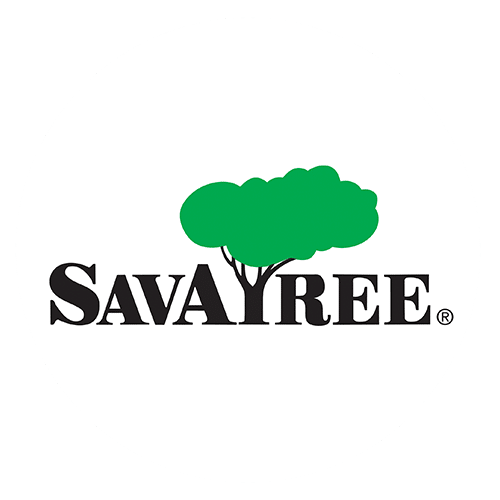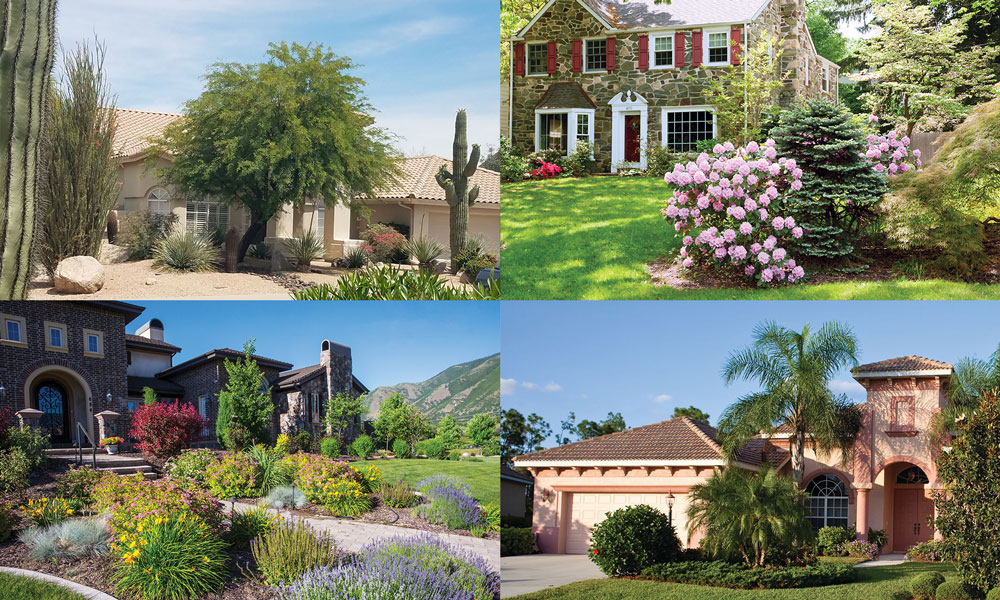Salt Injury: A Seasonal Problem
Better roadside traction takes its toll on trees and shrubs. During winter, tons of salt are used to improve slippery road conditions. While the sight of a salt spreader may be welcome during a blizzard, sodium chloride can cause considerable harm to the environment, trees and shrubs after the snow and ice has melted.
What Happens
Salt-containing slush collects on the roadside and leaches into the soil. (If drains are clogged or nonexistent, the potential for damage is even more likely.) Traffic splashes this salty slush onto the exposed parts of trees and salt enters plant tissue through the bark and buds. Trees and shrubs suffer because they absorb a disproportionate amount of chloride ions in relation to other salt nutrients. This can negatively affect photosynthesis, the growth process of trees and shrubs. In addition, bark and buds tend to dry out which can result in poor development of new leaves and corresponding branch dieback and gradual loss of vigor. Finally, the structure of clay soils is affected to a point at which compaction occurs which disturbs the critical moisture and oxygen exchange.
Diagnosis and Prevention
It is difficult for the untrained eye to recognize the symptoms of salt injury since there are many factors involved and they can easily be confused with the signs of drought damage. In both cases, discoloration of the leaf occurs. However, it appears on the edges in the instance of salt damage and throughout the leaf when drought has taken its toll. The best way to assess any damage is to have an arborist perform a general inspection.
Short of totally eliminating the use of salt on highways and roads, the most effective way to combat the problem is through a collective effort. Appeal to your local governments to use more sand; less salt. Drive slowly to minimize the splashing effect of salt on the trees. Finally, have your arborist apply a safe, naturally organic antidesiccant in the fall which will form an invisible protective coating on leaves, branches and bark. Pay particular attention to evergreens which line the street since they are especially vulnerable.
Click or call today to arrange a complimentary consultation from our fully trained and certified arborists for tree care, tree disease and lawn care services from SavATree. Click here to contact the office nearest you.
SavATree provides tree service in the following areas:





